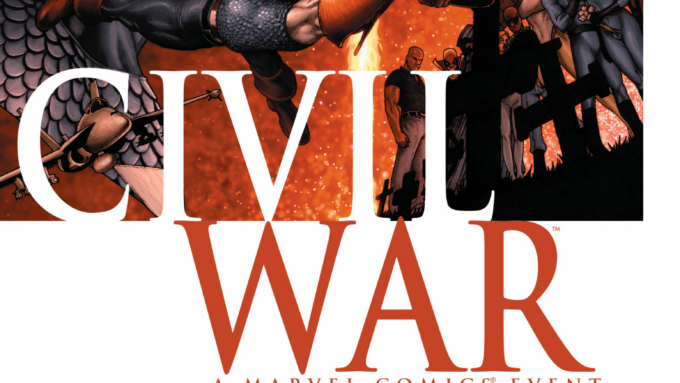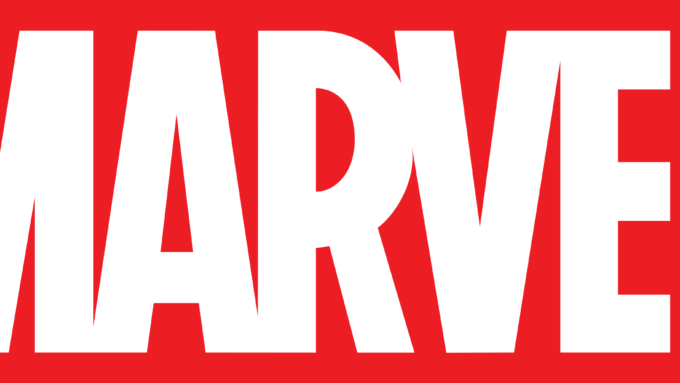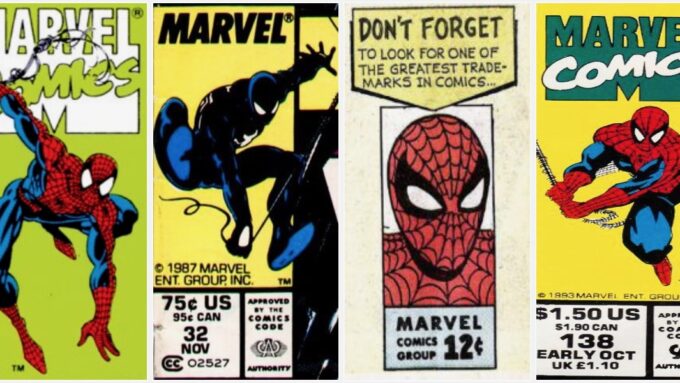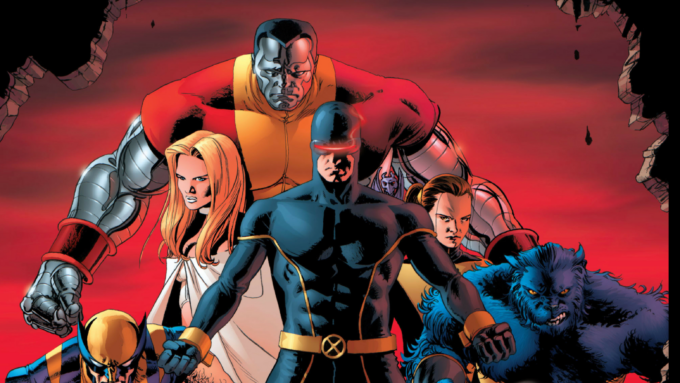CIVIL WAR #1-7 (2006)
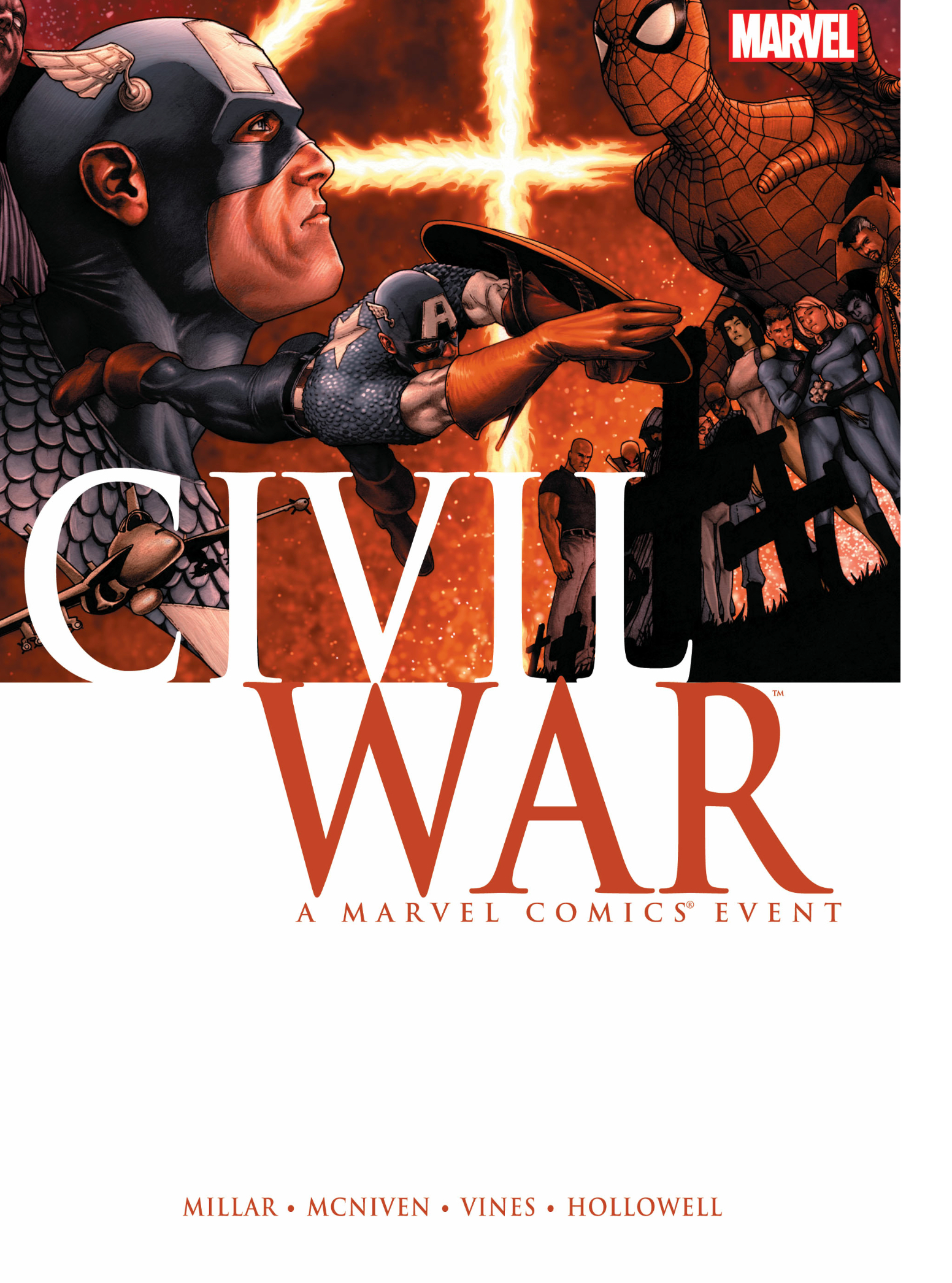
First things first: I liked Civil War. I thought it was a good event, and was handled pretty well. You really didn’t have to read any of the tie-ins, but the tie-ins allowed us to see more detail on how our favorite characters fared during this major change in the Marvel Universe.
It alse revived the Avengers franchise as Marvel’s biggest tent, with a about a dozen Avengers -related ongoing series and minis emerging over the years following this event.

First, it started, above, with a few minor characters whose exploits up to then had been largely comical. The New Warriors’ various comics were pretty fun, but in the first few pages of Civil War we see that super-powered “fun” has real-life consequences. Namorita, a novice superhero, chases Nitro into a park, corners him against a bus, and he explodes.


Certainly, Marvel had flirted with the idea of incompetent superheroing in the past–but they’d never blown up a busload of schoolkids to make the point.
Right away, we knew this was a serious change in direction for Marvel. Also, as a bonus, Speedball was killed in the explosion! (I hate Speedball.) Night Thrasher, Microbe, and Namorita also perished (or at least seemed to perish) in the explosion.

The fallout requires all superheroes to register, i.e., unmask.

Because Peter Parker follows his mentor, Tony Stark, this means the unmasking of Spider-Man.
This was the first “big move” in Civil War that got lots of people angry. JMS, the regular writer of Amazing Spider-Man, had actually planned this unmasking independent of Civil War–but he did quit Marvel soon after. It was how Marvel handled the unmasking (One More Day) that drove him to quit, along with the fact that he had kept his other title separate from Civil War (Thor), and they forced him to bring the character into the event.
Spider-Man really changes in this event–and comes into his own as a major player in the Marvel Universe.

I’m actually a “One More Day” fan, and Spidey’s actions in Civil War make sense to me. This is a guy who has been desperately in search of a father figure ever since his first appearance. A guy whose need for daddy-guidance led him to forgive his greatest enemy, Norman Osborn. A guy whose other greatest enemy, Doc Ock, married his own Aunt. So I get that he’d follow Iron Man at first, until he saw how bad things were going.
Captain America is on the opposite side, believing that heroes should be able to maintain personal lives separate from their “super lives,” and thus he forms a “Secret Avengers” group.
Notably, Susan Richards joins with Cap, while Reed stays with Iron Man–thus breaking up the Fantastic Four.
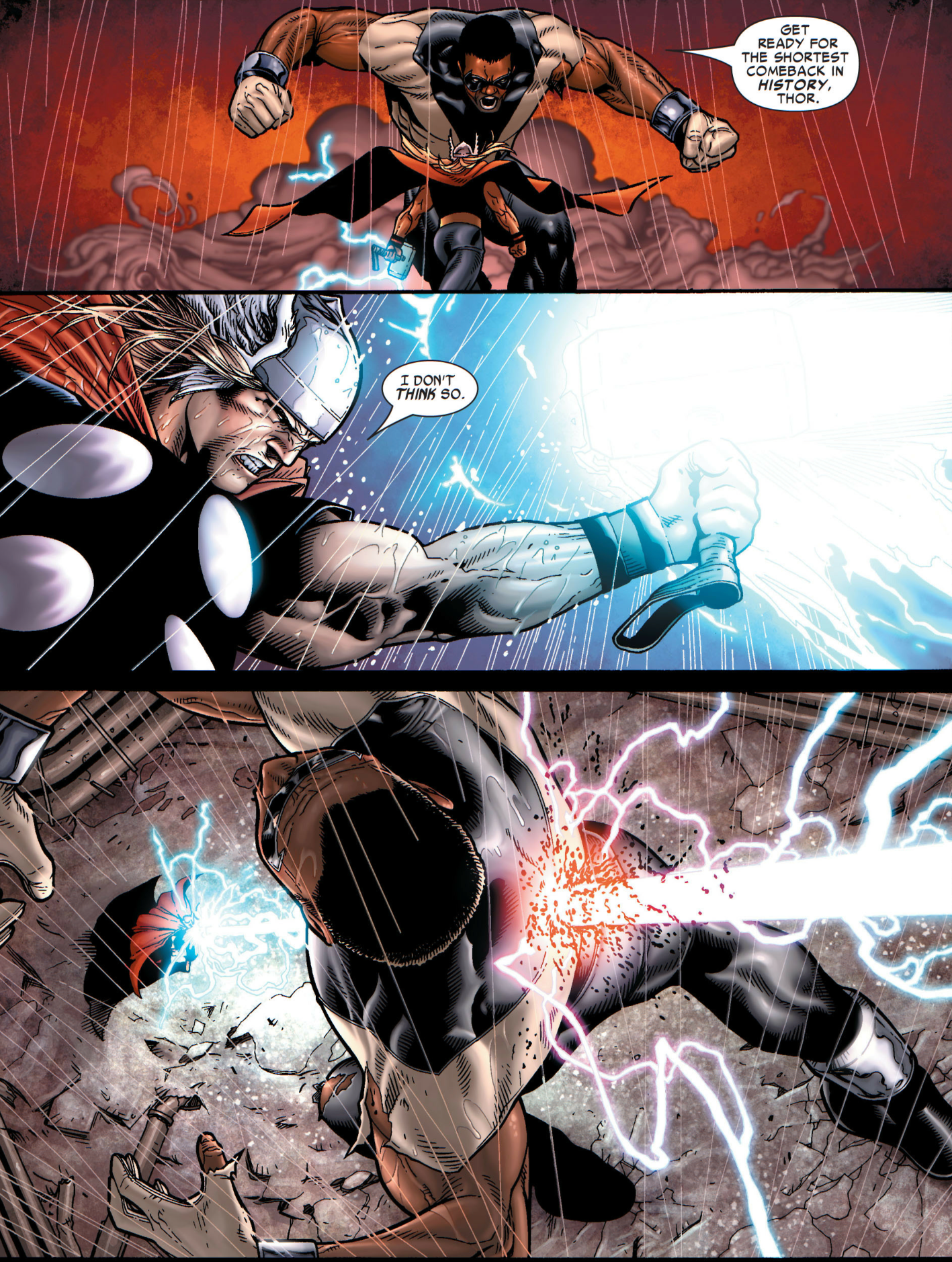
Okay, the third thing Civil War did was clone Thor. And the first thing Clone Thor does is kill Giant Man.
But before we get to that, let’s look at how it changed Iron Man. For years, Marvel fans argued about who was the analog in DC for each character. Quicksilver=Flash. (That’s an easy one.) Sub Mariner is Aquaman. Atom is Wasp/Yellow Jacket. Ms. Marvel=Wonder Woman. But who was Batman? Spidey? They both lost their parents. Captain America? They both are the essential “masthead” characters. Daredevil? Civil War made it clear: It’s Iron Man. More specifically, Grant Morrison’s “I plan for everything” Batman is Marvel’s Tony Stark.
Civil War was in another way the comic book adoption of the “Robert Downey Jr.” version of Iron Man. Movie Iron Man is a bigger, brasher, more confident, more of a wise-ass, and more reckless than the comic book one ever had been. But in Civil War, Tony becomes the brash braggart of the movies. It’s a natural transformation, and a good one, but it’s also fairly radical.
All that is to say, he clones a God…

Civil War also planted the seeds for Dark Avengers, with nanite-controlled villains working for Iron Man’s team (there’s actually a neat little sequence where Iron Man talks about renaming Wonder Man as Hercules)–but it wasn’t until Norman Osborn that villains get the full makeover.
But my favorite page of the series, the one that I think of whenever I think of Civil War, is this one:

It shows Captain America hitting his boiling point–one of the rare times that he completely loses his cool–and reveals Punisher as a character with a stronger ethical code than either Captain America or Iron Man. We may not agree with Frank Castle’s morality, but it’s clear, consistent and strong. He won’t fight Cap, even if it means Cap will kill him.
(It’s worth noting that the fight starts after Captain America is talking with some super villains about recruiting them to his Secret Avengers and Punisher walks in and kills them all.)


In the end, Captain America learns from Punisher’s strong adherence to a code and ultimately that is what ends the War.


Cap surrenders.
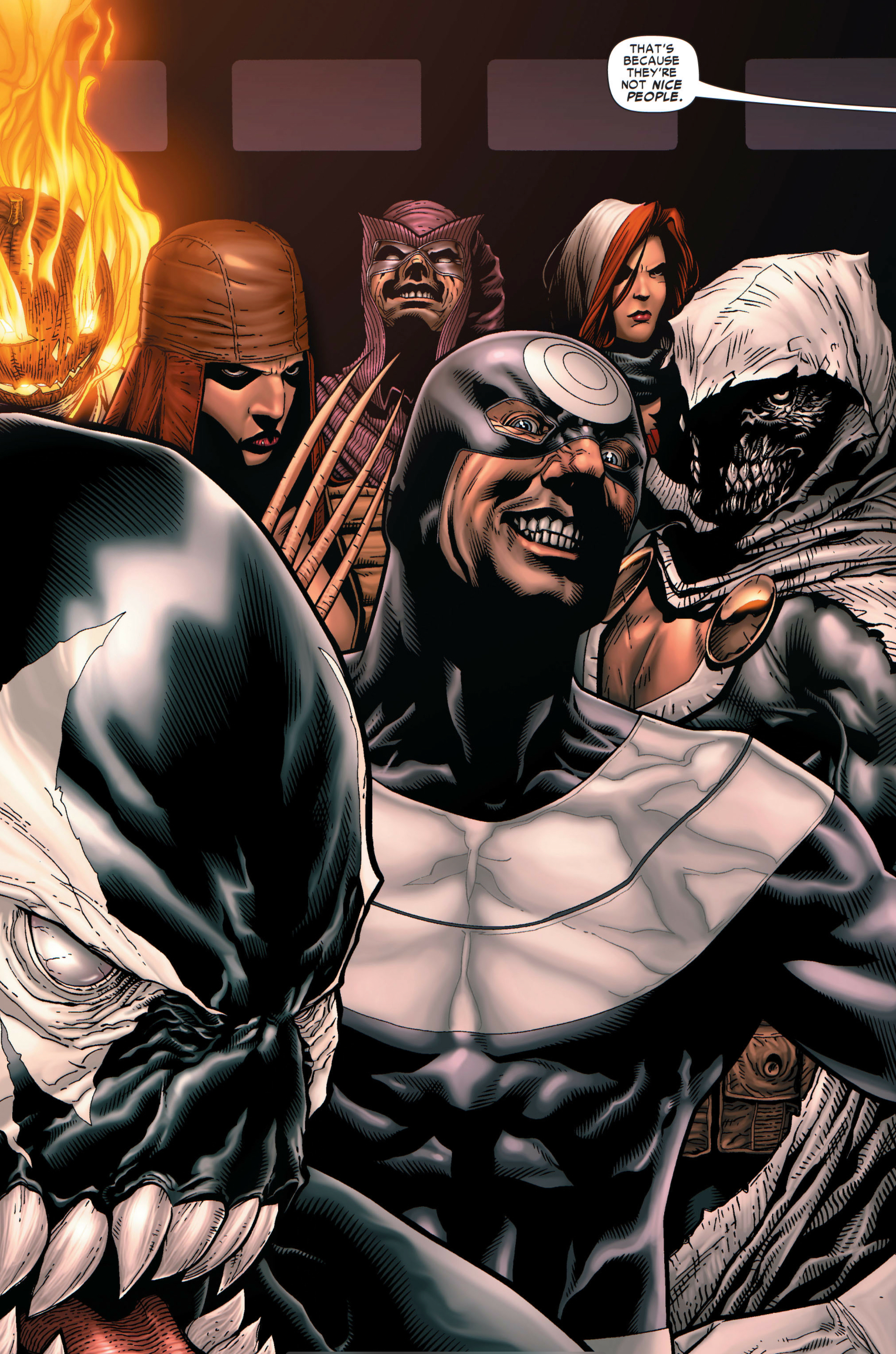
Another major change: A new Thunderbolts team, under the direction of Norman Osborne. Their ruthlessness actually helps bring the two warring sides together.


New Avengers: Illuminati (2006)
This one-shot is a direct link to the linewide Civil War event. It digs deeper into the origins of the Illuminati group, which we learn was formed by Iron Man,…
Amazing Spider-Man #529-531 (2006): Mr. Parker Goes to Washington
In the lead-up to Civil War, Peter Parker gets a new suit (armored) from Tony Stark. It makes him much more powerful and invulnerable to most of the street-level threats…
Astonishing X-Men #19–24 and Giant-Size Astonishing X-Men #1 (2006): Unstoppable
“Unstoppable” is Joss Whedon’s final story in this fantastic series, and after it the title goes on hiatus for about half a year. It concludes the Breakworld/”Colossus is the worldbreaker”…

